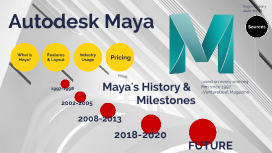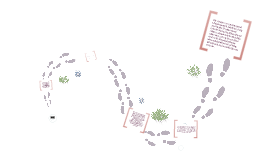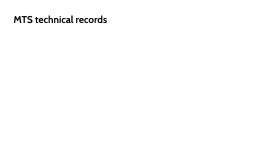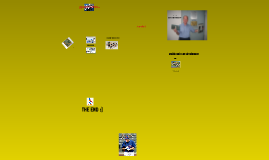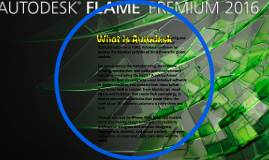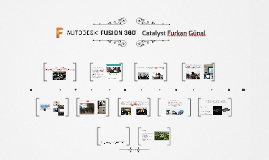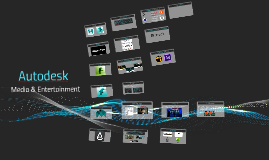Autodesk
Transcript: The begining... In 1994, John Walker decided to totally leave the company. He left to work on engineering in Switzerland. At this time AutoCAD still accounted for the large majority of Autodesk’s profits. The company had many other products, but none seemed to match the success of AutoCAD. However most of these programs were just extensions or add-ons to AutoCAD. Some examples of these programs include AutoSketch, which was a 2D design program, and AutoCAD designer, which allowed users to created solid models in AutoCAD, as opposed to hollow models. With the purchase of Softdesk in 1996, Autodesk began a new initiative to develop multiple versions of AutoCAD for specific sections of the industry. Softdesk itself was software for architecture, engineering, and construction, so these were three of the major areas Autodesk focused on. In addition to creating these multiple versions of AutoCAD, Autodesk began buying other smaller companies and incorporating them and their software into the Autodesk lineup Growing... The early ninety’s saw a transition for Autodesk. The company restructured itself into 5 main departments, each corresponding to a different version of AutoCAD that was dedicated to a specific field. Also during this time, Autodesk invested in, and then fully acquired the company Ithaca Software. Ithaca Software created the software Hoops Graphics System. This software was integrated into AutoCAD, which resulted in the program being easier to use for new and less savvy customers. Autodesk, Inc., is a leader in 3D design, engineering and entertainment software. Between 1998 and now Autodesk has acquired over 30 different smaller companies, and have taken their software and either incorporated them into their own, sold their newly acquired software with an “Autodesk polish”. Some of the more significant acquisitions Autodesk has made are of Alias and Softimage, Co. Alias is the company that produced the program Maya and was purchased in 2006 for 197 million dollars. Softimage was purchased 2008 and developed a program of their namesake. With this transition to a public company, Walker’s role as founder changed from being project management to financial management, which was not in his favor. Thus, he stepped down from his head roll and started to directly work on programming for the company. He developed an AutoCAD software expansion for engineers that allowed for prices and schedules to be set up along side the design process In 1982, computer programmer and entrepreneur John Walker acquired the rights to the CAD program simply known as AutoCAD. Walker bought the program from its creator Michael Riddle for 10 million dollars. Walker created the company Autodesk around AutoCAD and the program was extremely popular and financially successful upon its completion. The success led to Autodesk going public in 1985. That commitment to both engineering and entertainment software seems to be one of the great hallmarks of the Autodesk Company. Since computer aided design can be so beneficial to both of those fields, and the people at Autodesk understand what is required for both fields, Autodesk has a wide variety software products that can appeal to a generalist or someone looking for software that does very particular tasks After many years of appending AutoCAD, Autodesk seemed to make its top priority acquiring other 3D software based companies. By acquiring all these different software, Autodesk made it so that all the software was up to a certain operational standard. It is interesting to theorize where Autodesk will go next and if they will continue to acquire any other big name companies. In 1994, Autodesk set up over 700 user training programs around the world. The programs helped teach users about and how to use various Autodesk programs. During this time, Autodesk also set up a system so that savvy users and companies to create their own add-ons to AutoCAD and other Autodesk programs. This allowed Autodesk’s programs to gain a large new level of customization and specific application for its users.






